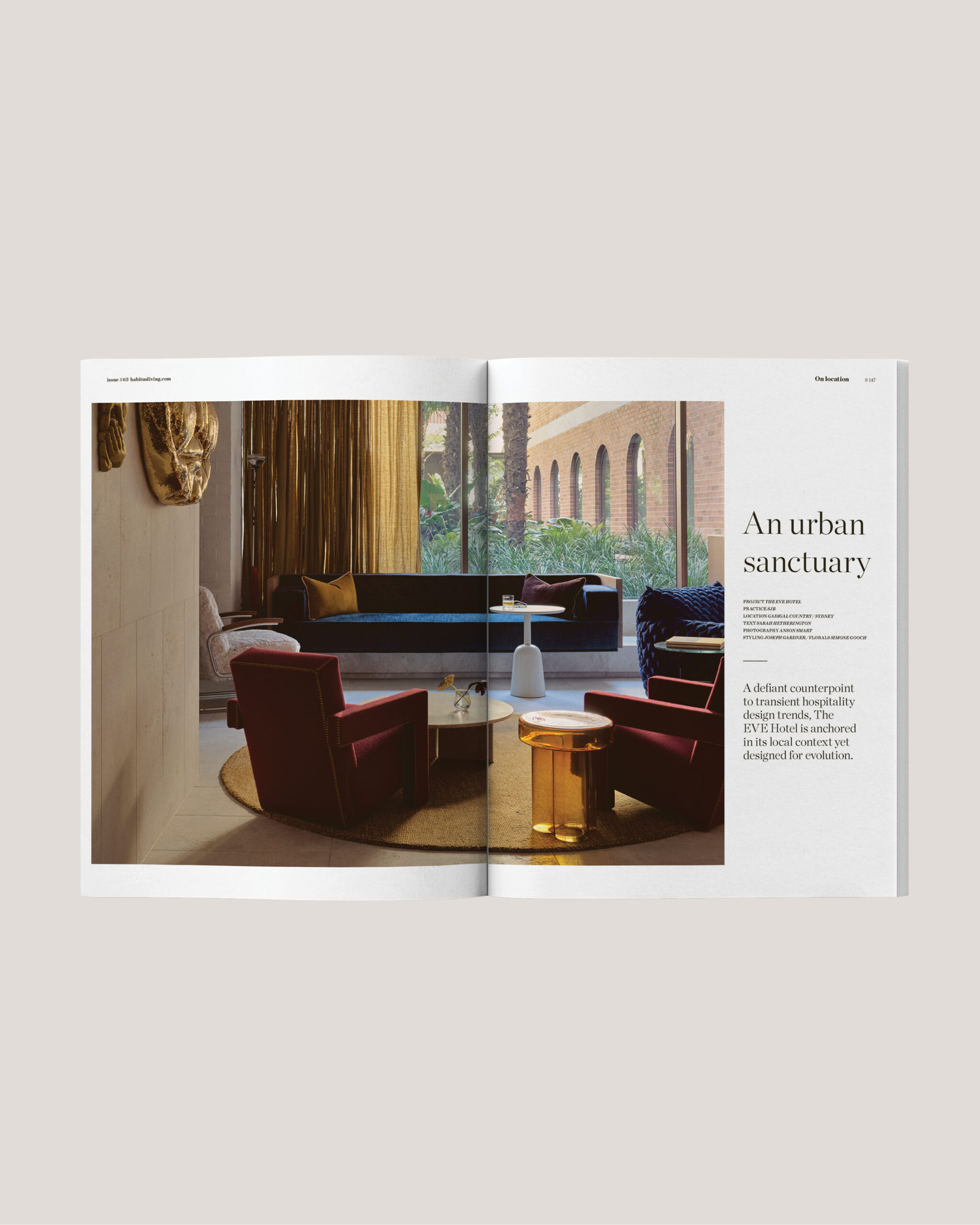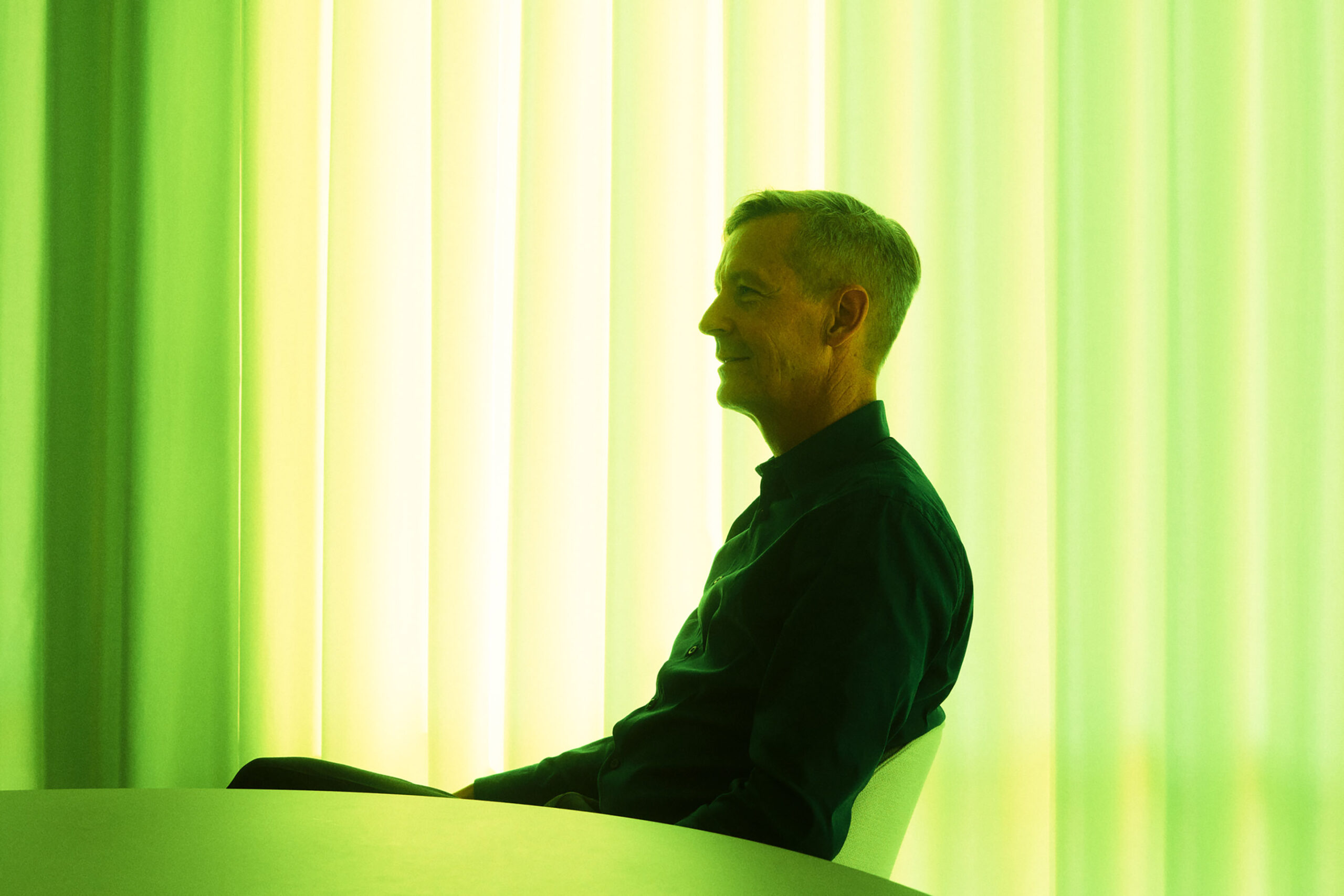Timothy Alouani-Roby: Please tell me about the independent launch in Australia/New Zealand – why is it happening, and what is exciting about it for you?
Anders Byriel: Kvadrat has had a strong presence in Australia for over 23 years in partnership with Maharam. The decision to launch independently now allows us to offer our full product range directly to our clients in Australia and New Zealand, enabling closer collaborations and deeper engagement with the local architecture, design and furniture industries. This move is particularly exciting as it aligns with our clients’ increasingly global project portfolios and supports seamless, consistent service across continents.
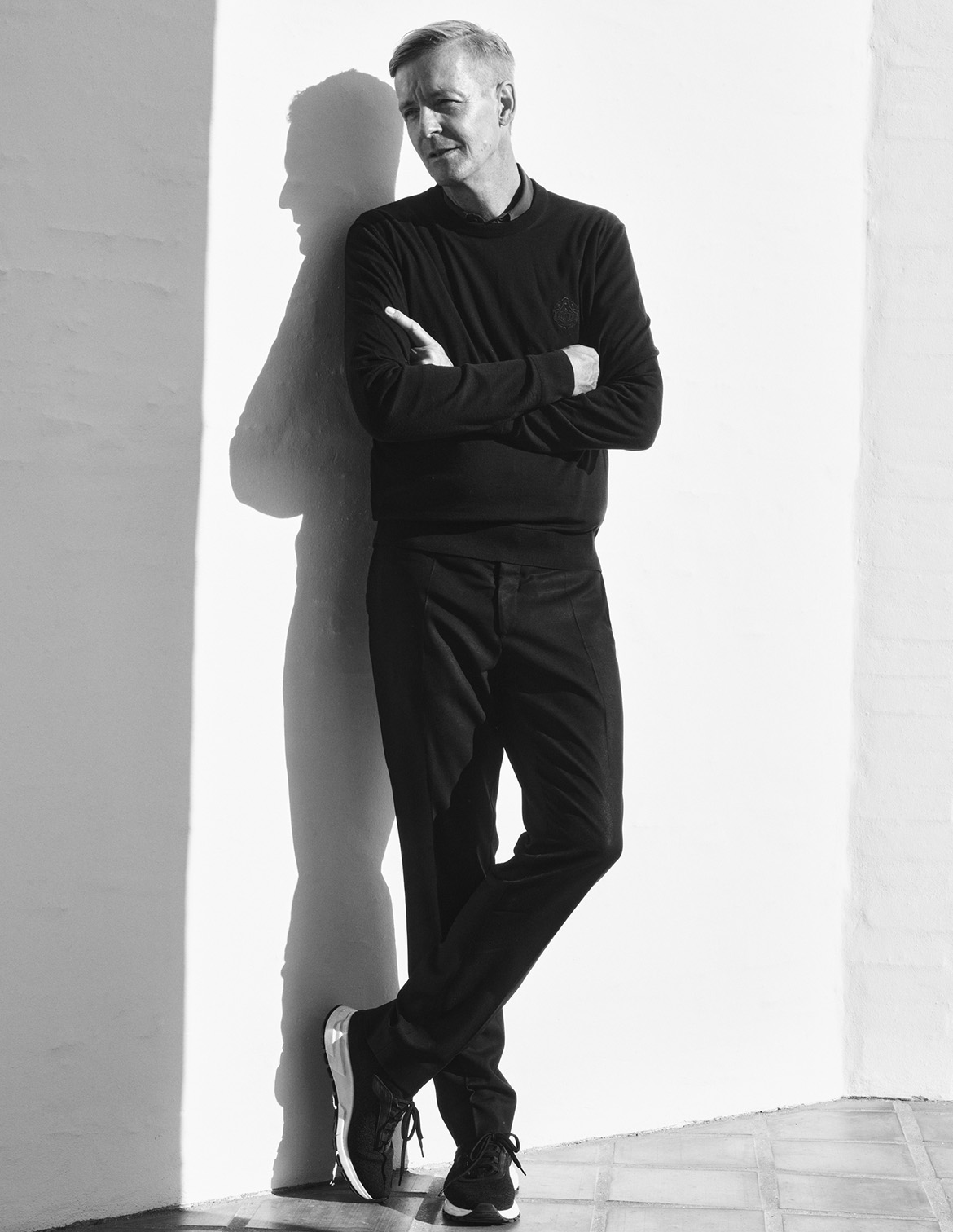
What about your own background, both professional and personal?
I was born and raised in Ebeltoft, Denmark – the same town where Kvadrat’s headquarters is located. My brothers and I share an entrepreneurial spirit, but I am the only one actively involved in the family business. I joined Kvadrat in 1992, working across various commercial roles until becoming CEO in 1998 alongside my business partner, Mette Bendix. Under our leadership, Kvadrat has grown significantly, with revenue increasing from €14 million to €240 million, and our presence expanding from two to 53 incorporated companies worldwide.
I love learning. Academically, I hold a Master’s degree in Law with a specialisation in Intellectual Property from Aarhus University, as well as an Executive MBA from Copenhagen Business School. In 2019, I also completed the YPO Presidents’ Programme at Harvard Business School.
Personally, contemporary art is my big passion, enriching both my professional and personal life. Art is often a way of sensing how our world is turning and understanding our own lives. At Kvadrat, we frequently collaborate with renowned artists and cultural institutions around the globe. I’m actively involved as a board member of the Louisiana Foundation, the ILC at New Museum in New York and, since 2024, the New Carlsberg Foundation. My partner is a contemporary artist, which further deepens my personal connection to the art world.

How proud are you of Danish design’s continued prominence on the global stage, and how do you see the scene there in relation to, say, Milan Design Week?
I am incredibly proud of Denmark’s enduring influence in the global design arena. Danish design stands out for its emphasis on craftsmanship, quality, and a contemporary, forward-thinking approach rooted in egalitarian and sustainable values across furniture, architecture, industrial design and infrastructure.
While Milan Design Week remains unmatched in scale and prestige, the essence has shifted, with fashion and tech industries dominating and diluting the original design-focused ethos. Conversely, 3daysofdesign emphasises interiors and furniture, reflecting a focused, commercial mindset within the highly liveable and creatively stimulating city environment of Copenhagen.
Why is sustainability so important at Kvadrat, and what is the latest in this space for the company?
Kvadrat’s recent sustainability milestones include the validation of our long-term goals by the Scientific Based Target initiative, the aim to become completely net-zero by 2030 and receiving the 2024 Dezeen award for Material Innovation of the Year. Our Material Innovation Lab pioneers textiles made from innovative resources such as pineapple waste and ocean-bound plastics. Additionally, we’re investing in the development of vegetable-based polyester to significantly reduce reliance on fossil fuels, ensuring our products contribute positively to environmental preservation. We have also invested intensively in circular products and technology – for example, through our company Really, where we upcycle textiles into tabletops.
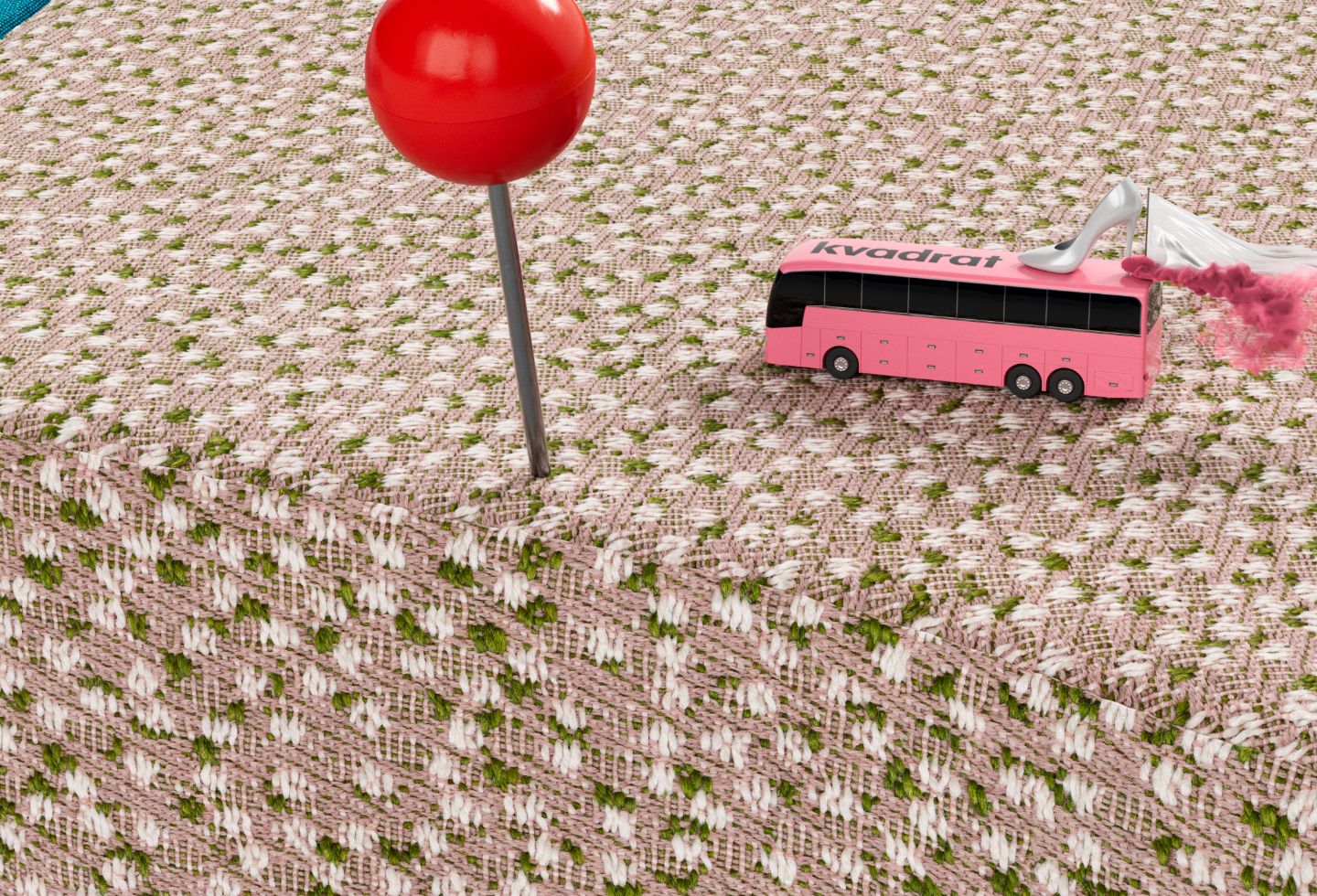
What are some of the most exciting collaborations you’ve been involved in with designers?
It has been a long and beautiful journey and there are many to speak about. Our collaborations with contemporary artists have made us a part of many landmark art projects. One notable example was our work with Thomas Demand for Mies van der Rohes Neue Nationalgalerie where we supplied more than four kilometres of woollen material, specially dyed to match Thomas’ works – fitting, given Mies’ love for textiles. Another early project was with Rosemarie Trockel where we used more than a ton of wool to create her piece called “Yes, but”. More recently, we worked with Nan Goldin on a show that has been travelling through various European cities such as Stockholm, Berlin and will soon be in Milan. For this project, we supplied the material for the small village that houses her work, designed by Hala Wardé.
When it comes to design collaborations there are also many to mention. Among them are our landmark showrooms with Ronan & Erwan Bouroullec in Stockholm and Copenhagen, as well as our last collaboration with Jonathan Olivares, who designed our new Park Avenue showroom in New York. The space resembles small theatres within a two-story white box, offering a lot of opportunities for exhibitions.
A recent collaboration between Peter Saville, our talented internal product development team, and the experts at our weaving mill Wooltex resulted in Technicolour – a groundbreaking upholstery textile. Produced entirely within a 20-kilometre radius of the mill, it transforms traditionally coarse British wool into a high-performance, luxurious textile.
Related: The 2025 Euroluce Report from Milan
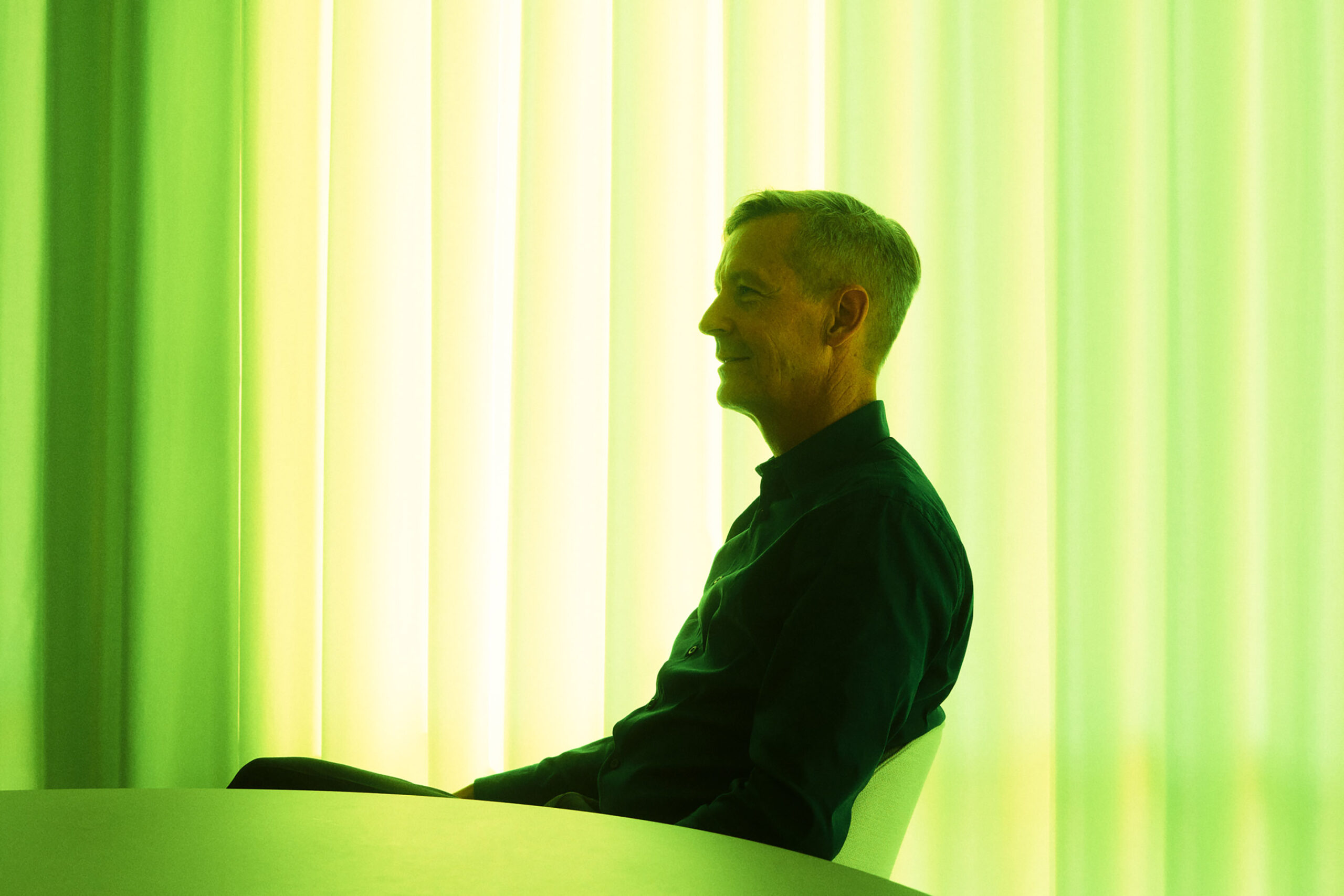
What inspires you in your role each day?
Building an ever-growing global community where we engage in an ongoing dialogue with our clients and relations around the globe. I am constantly inspired by creatives who deliver true, raw design and aesthetic content both in interior, architecture and design. It gives me a rush to see beautiful and well-considered solutions to how we should live in the future.
As a leader, I also find daily inspiration not only in seeing clients, but also in interacting with our teams around the world.
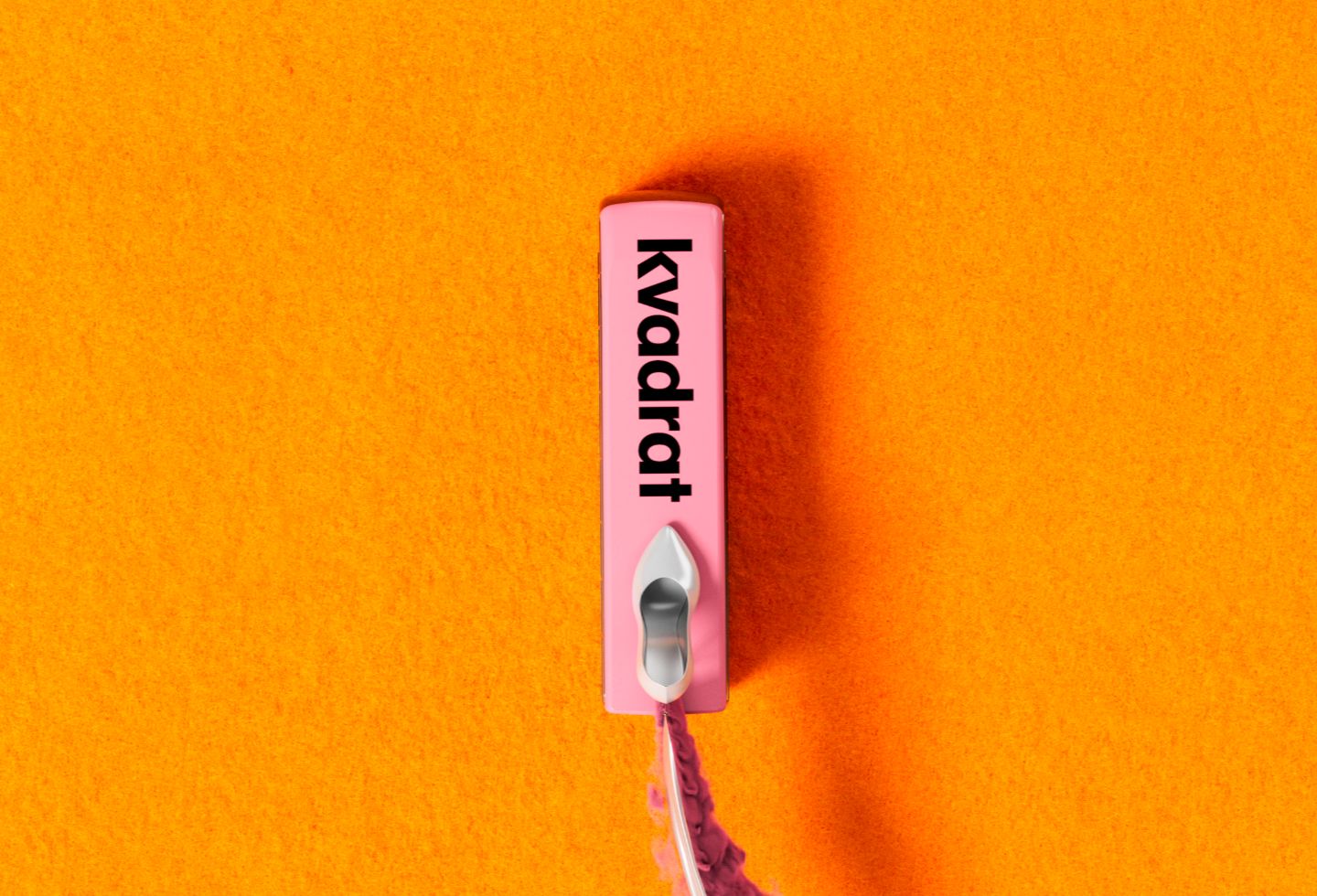
A prediction about the future within the wider design industry?
The future of design will increasingly prioritise sustainability, circularity and responsible innovation. The younger generation, including my own daughters, demonstrate this with their discerning approach toward consumption and environmental consciousness. As designers and producers, we must focus on launching products that offer genuine relevance, longevity and recyclability.
Kvadrat’s Material Innovation Lab is already deeply engaged in this transition, innovating sustainable materials and production methods. Aesthetic value will remain the starting point, but it will become far more inseparable from responsible design practices.
We must also continue to believe in the power of design and aesthetics in improving the quality of people’s lives. I’ve noticed a tendency, in many contexts, for design to play a less influential role. We need to protect and respect the work of creatives.

